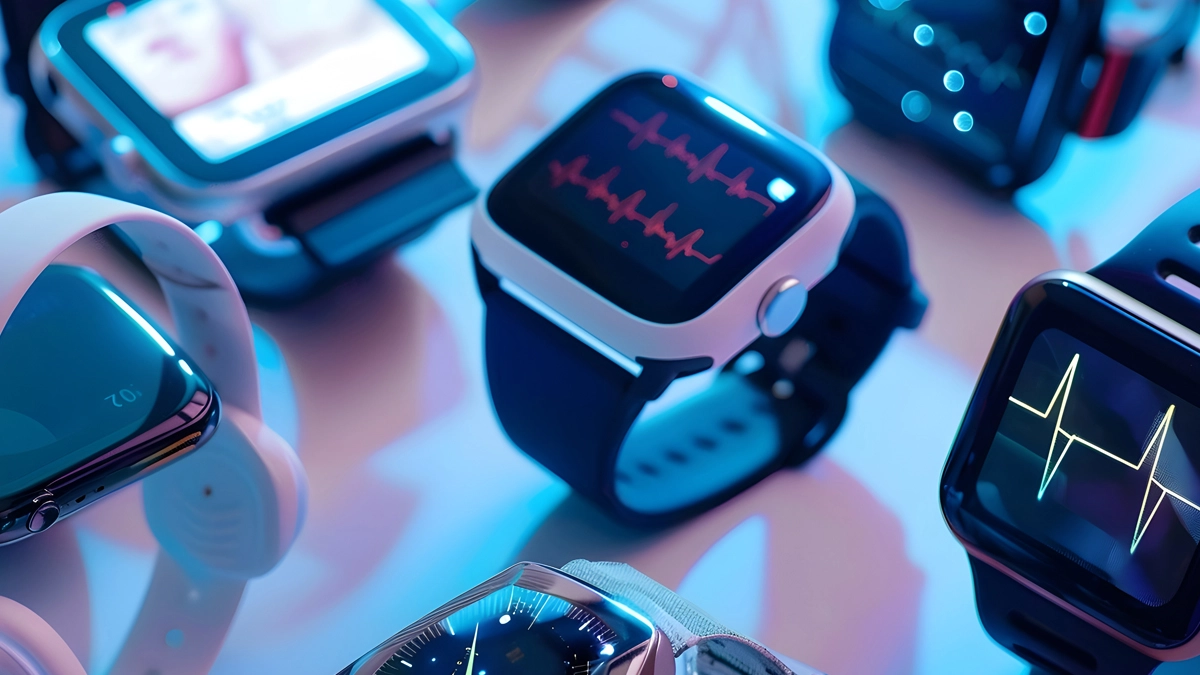
Have you ever thought about the sheer number of decisions involved in creating the final design of a product before it ends up on the shelf? While mixed methods design, often using qualitative and statistical data, is commonly associated with fields such as social science, policy, and public health research, it can also be integral to the product design process.
In episode 10 of our podcast "Between the Data, we met with Stephanie Battista, the founder of Humanity Innovation Labs, to discuss how combining both qualitative and statistical methods can accelerate product design. Mixed methods research digs deeper into research questions by merging qualitative and quantitative approaches. This case study explores Battista’s journey in understanding the power of these methods, how she applies them in product development, and how her team utilizes NVivo for data analysis.
Listen to the episode or read the full case study to learn the highlights from our discussion.
Background
Stephanie Battista is the founder of Humanity Innovation Labs, a product design consultancy based in Colorado Springs, CO. Her company collaborates with commercial, academic, and government organizations to develop IOE and edge computing technologies. The consultancy brings together experts in user experience, user research, user interface design, and industrial design, adopting a research-driven approach to systematically investigate how technology fits into users’ lives.
Bridging the Gap Between Research and Design
With more than 20 years of experience in industrial design, Battista has always been passionate about consumer-facing devices. Her journey began at a UK-based biometric startup called Navigator, where she was introduced to cutting-edge security devices. However, as her career progressed, she noticed a disconnect between research and design due to organizational silos.
“At the time, I felt like I was brainstorming and sketching concepts without incorporating user input or feedback, which seemed superficial. How could I conceptualize a solution and articulate the product features, functionality, and requirements without understanding the users?” said Battista.
This feeling of disconnect was amplified by the nascent state of wearable computing devices, which lacked competitive products and historical references for informed design decisions. Her first real exposure to an interdisciplinary research approach was at Modern Edge with Samsung, where she participated in a multi-city ethnographic research program. This experience was a turning point in her career.
“I found that combining qualitative and statistical data was more effective in conveying ideas in an unbiased manner, compared to relying on intuition, which was often not repeatable and difficult to explain to others and typically had nothing to do with the end user,” Battista explained.
Bringing Qualitative Research into Agile Design
In today’s technology market, speed is crucial. The competitive pressure to bring products to market quickly means companies need to integrate research faster to design, iterate, and test prototypes efficiently. Many technology companies use Agile Methodology, a project management framework that emerged from the software industry in 2001, to accelerate product development. Agile works in short iterative cycles involving design, build, test, and launch phases, incorporating continuous feedback to improve product quality with each iteration.
Drawing from her experience with Samsung, Battista began incorporating qualitative research methods into her consultancy work. By gathering user needs and preferences through ethnographic and other methods, her team could make data-driven design decisions rather than relying on intuition.
Using Qualitative and Statistical Research Methods to Support Design Clients
Battista employs various mixed method research techniques, including one-on-one interviews, surveys, user testing, A/B testing, focus groups, and usability pilots. These methods help her team identify user needs, behaviors, and motivations, understand user pain points, and determine if a product meets user needs.
Qualitative research uncovers the underlying issues users face and their motivations, while quantitative data reveals measurable patterns and trends. Battista believes that mixed methods research goes beyond the visual elements of product design, reaching into the "human connection" that users desire. The research analysis leads to the creation of data-driven user personas, user journeys, and experience maps, guiding design decisions and strategies for user interaction.
“At Humanity Innovation Labs, we've enjoyed creating a hybrid process that seamlessly integrates User Research, UX/UI Design, and Industrial Design. This repeatable approach helps us develop early-stage solutions that blend both software and hardware effectively,” Battista explained.
Using NVivo for Mixed Methods Product Design Research
Battista was introduced to NVivo by a former Intel client with extensive expertise in the semiconductor industry and industrial manufacturing. Together, they used NVivo to analyze both quantitative and qualitative data, simplifying the development of high-level strategies for product development.
NVivo stands out by offering the ability to import data sets from various online platforms, crucial for organizing large-scale longitudinal research. This feature makes it easier to leverage and build upon both quantitative and qualitative data.
Empowering Mixed Methods Research
Battista’s fascination with combining qualitative and statistical research methods led her to develop Zeroes Plus Ones™, a user research platform connecting technology creators with users to develop new products and services. The platform collects and analyzes data using a blend of human and machine intelligence.
“There is something very tangible about research within developing new products and services that I am fascinated with,” Battista explained. “Data seems to make product development easier,” especially using NVivo to categorize and analyze data.
Learn More About Using Mixed Methods Research for Design
Interested in learning more about how Humanity Innovation Labs is making mixed methods research work for them? Listen to the full podcast episode here.
Want to explore how you can gain deeper insight into your mixed methods research data with NVivo qualitative research software? Request a demo of NVivo today.
